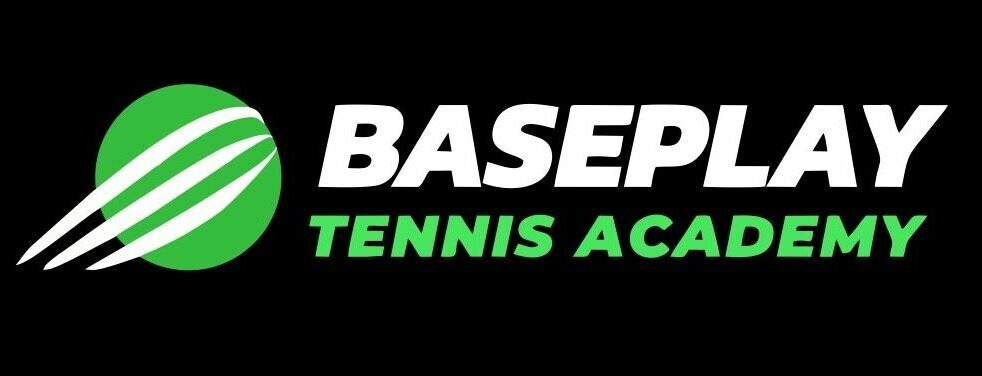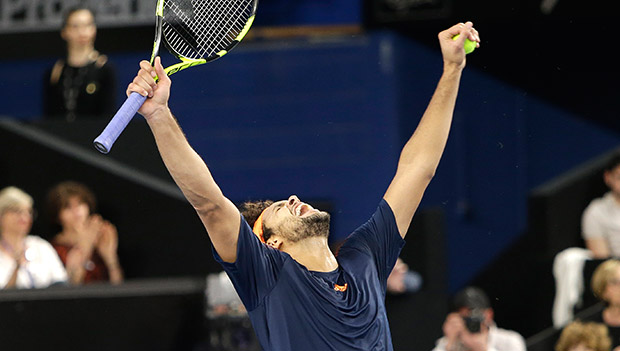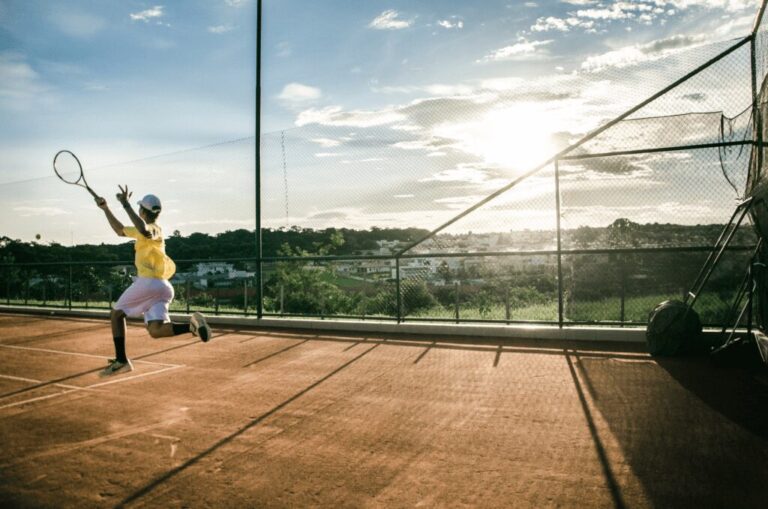Playing the Lob


The lob is mainly used as a defensive shot and very occasionally with topspin as a point winner. If you are playing a serve volleyer you may find the lob has strategic value and if you are proficient in its use it can break up your opponents’ volley rhythm.
In the modern professional game today there are not many serve volleyers. So, the opportunity to lift the ball over your opponent’s head will not occur very often.
If your opponent is tall and perhaps very strong on the smash. You need to be very selective on which ball to put in the air and risk an aggressive smash.
Forehand lob
Use a small amount of topspin on a basic lob and your forehand drive grip. If you play competitive doubles you will certainly have plenty of occasions to use the lob.
Watch Ram and Salisbury play doubles as ATP No1 pair.
Backhand lob
Hold the racket with an Eastern backhand grip to come up the back of the ball and impart a small amount of topspin.
Turn your shoulders and use a short arm take-back to control the contact point when playing the lob under pressure with limited time available for racket preparation.
Both disrupt baseline and volley attacks using forehand and backhand lobs, but avoid resorting to moon-balling!
Topspin lob
Use this shot to surprise a net rusher. Hit a short, topspin lob just out of reach—it moves fast through the air.
The topspin makes the ball shoot forward sharply, making it tough for your opponent to return. Your preparation for this shot has indicated to your opponent that he may expect a low ball to volley at his feet.
But your racket continues in an upward direction and ends with wrist snap to turn the shot into a short topspin lob with plenty of disguise.
The shot requires good ”hands” and a lot of ”touch” – Andy Murray is a skilful performer and usually manages to get the ball over his opponents backhand side.
Underspin lob
Principally use this shot for defense against a strong attack. It is the defenders last chance to stay in the point and hopefully regain the initiative.
Play the point from behind the baseline and strike the ball with a shortened racket take-back.
Rather like the backhand slice the racket hits under the ball with an open face and keeping the wrist firm directs the ball high and to the back of your opponent’s court.
Your own racket movement needs to be minimal to deal with a fast-moving ball and still maintain control. The ball will deflect high and slow in the air with the amount of reverse spin.
This should give you a little extra time to regain your court position if you have been taken off court.






